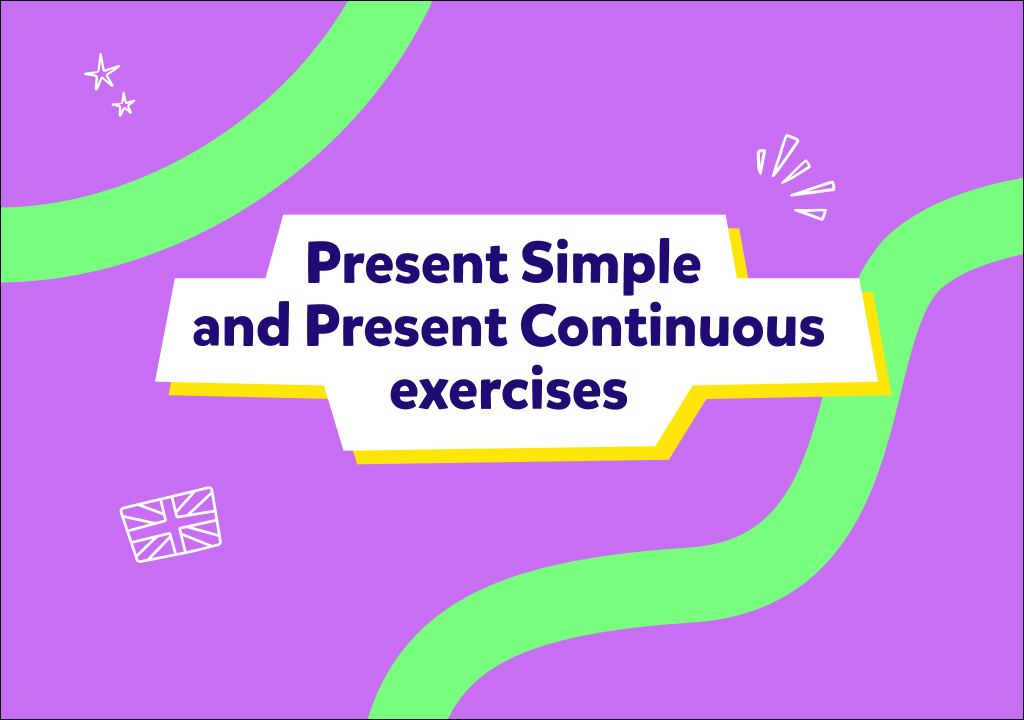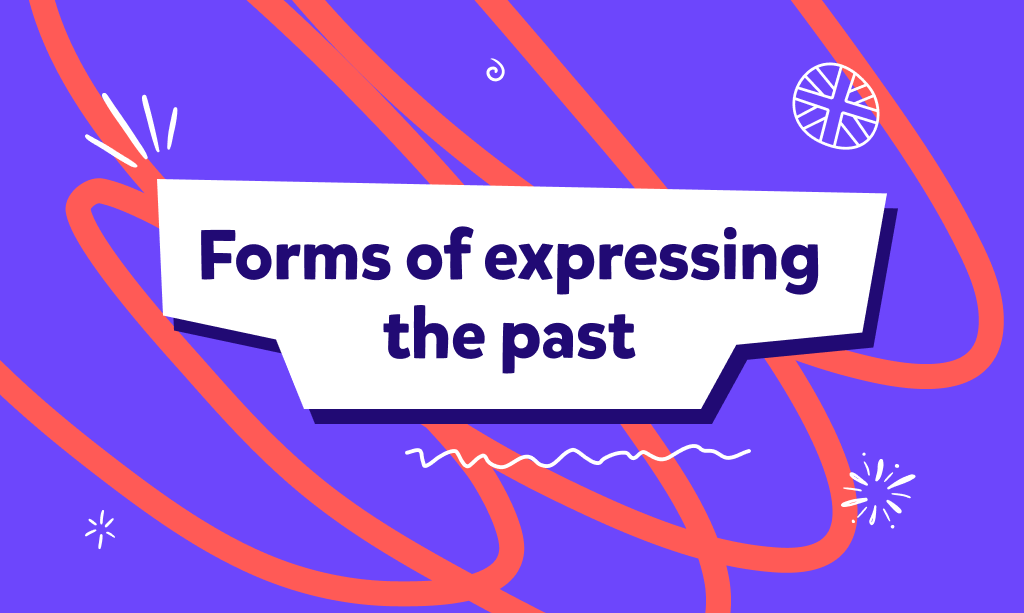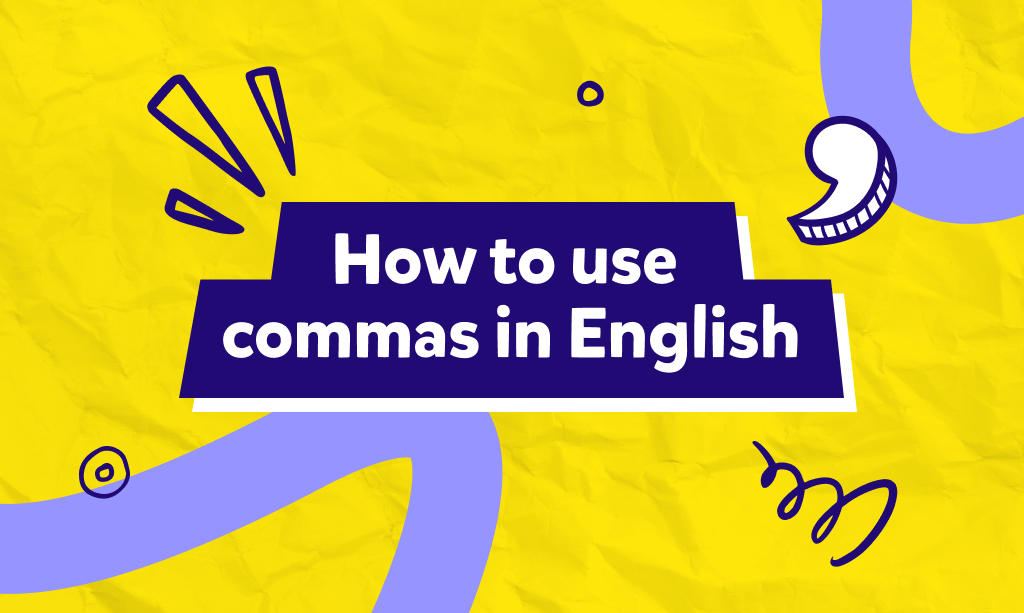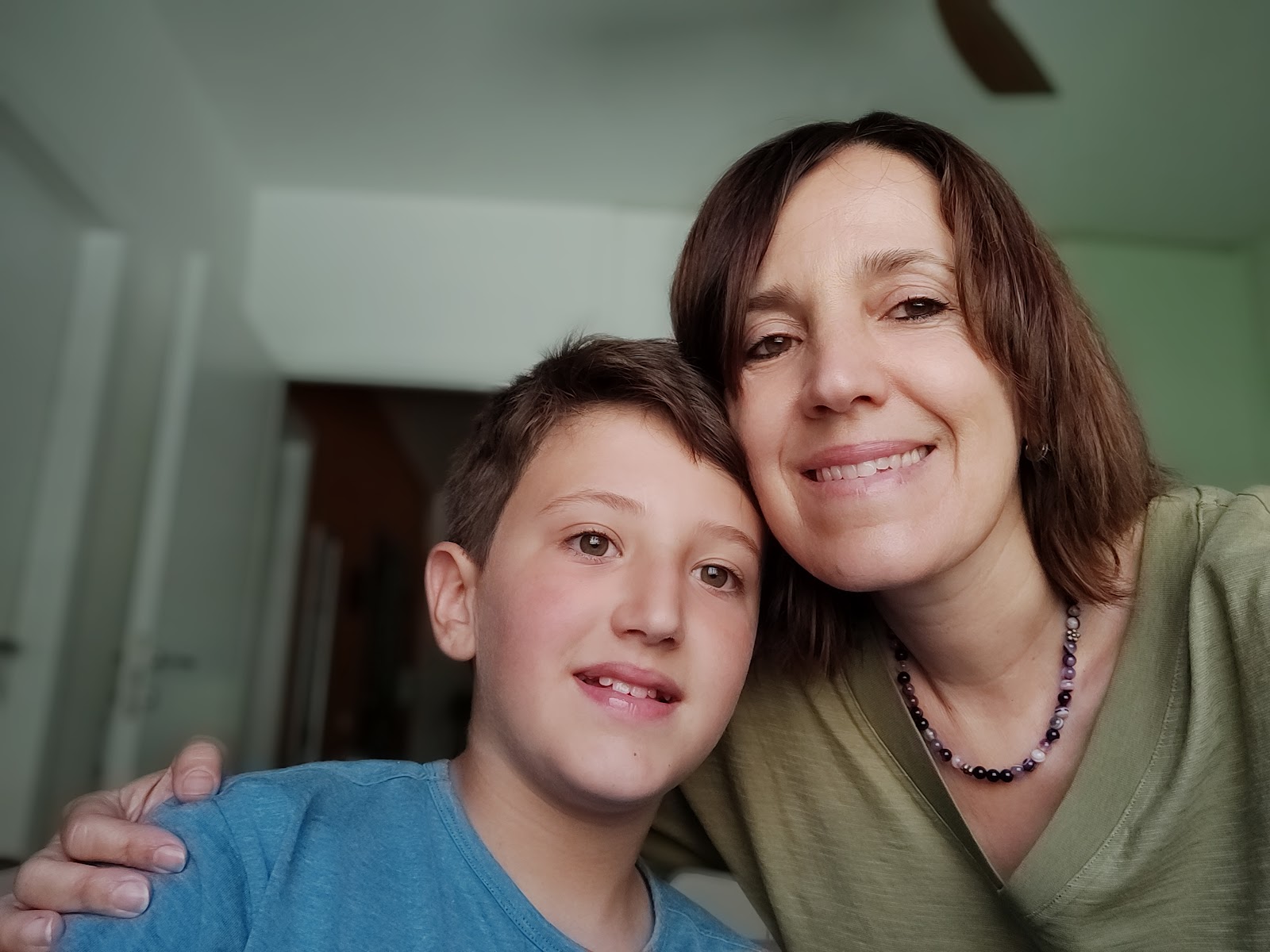- Present Simple e Present Continuous test: azioni abituali e azioni in corso
- Present Simple e Present Continuous: fatti generali e leggi naturali
- Present Simple vs Present Continuous con i verbi di stato
- Present Simple vs Present Continuous esercizi
Il Present Simple e il Present Continuous sono due tempi verbali fondamentali in inglese, ma quando si cominciano a studiare le basi dell’inglese, è facile confondersi su quando usare l’uno o l’altro. La regola è chiara: il Present Simple si usa per azioni abituali, fatti generali e verità universali, mentre il Present Continuous serve a parlare di azioni che stanno accadendo nel momento in cui si parla o di situazioni temporanee. Ma conoscere la regola in astratto non basta: ci vuole la pratica. Nei nostri corsi di inglese online per bambini ci concentriamo sull’uso delle lingua e non sull’enunciazione delle regole grammaticali, e anche qui nel blog vogliamo aiutarti a usare la lingua e fare esercizio.
In questo articolo, faremo un rapido ripasso delle regole e ti proporremo una serie di esercizi per mettere alla prova le tue conoscenze, con le risposte. Leggi anche il nostro articolo Present Simple vs Present Continuous: quando si usa uno e quando l’altro.
Present Simple e Present Continuous test: azioni abituali e azioni in corso
Azioni abituali e azioni in corso sono due concetti fondamentali per capire quando usare il Present Simple e il Present Continuous. Vediamo le differenze principali e gli avverbi che aiutano a riconoscerle.
Le azioni abituali sono quelle che accadono regolarmente o fanno parte di una routine. Si riferiscono a situazioni ripetute o permanenti, fatti generali e preferenze. Di solito sono introdotte da avverbi come always (sempre), usually (di solito), often (spesso), sometimes (qualche volta), rarely (raramente), never (mai). Per le azioni abituali usiamo il Present Simple. Per esempio: He usually has breakfast at 8 a.m.
Le azioni in corso invece si riferiscono a eventi che stanno accadendo in questo momento o a situazioni temporanee che si sviluppano nel presente. In inglese in genere sono introdotte da avverbi come now (adesso), at the moment (in questo momento), currently (attualmente), right now (proprio ora), o da espressioni come this week (questa settimana) o today (oggi). Per esempio: He is having breakfast right now.
Fai il test Novakid per esercitare il Present Simple e il Present Continuous con risorse didattiche interattive
She _ (go) to the gym every morning. 
goes
I _ (read) a book right now. 
am reading
We usually _ (have) lunch at 1 p.m. 
have
He _ (not like) horror movies. 
doesn’t like
Right now, I _ (watch) a movie with my friends. 
am watching
They _ (take) the bus to work every day. 
take
She _ (work) on a new project at the moment. 
is working
I always _ (forget) to bring my lunch to work. 
forget
Right now, he _ (talk) to his teacher about his grades. 
is talking
We _ (clean) the house every Saturday. 
clean
They _ (not enjoy) the concert at the moment. 
aren’t enjoying
I _ (study) for my exams this week. 
am studying
He _ (eat) dinner right now. 
is eating
We _ (often/go) to the beach during the summer. 
often go
Present Simple e Present Continuous: fatti generali e leggi naturali
Per i fatti generali, le leggi naturali e le verità universali, si usa sempre il Present Simple perché si tratta di situazioni permanenti o che non cambiano mai. Il Present Continuous, invece, è usato per eventi temporanei o che stanno accadendo in un momento specifico.
Per esempio, diremo: Water boils at 100°C, perché questa è una legge naturale immutabile. Oppure: The river flows into the sea, perché descriviamo un fatto generale e permanente: il corso del fiume non cambia.
Ma diremo: The river is flowing very fast today because of the heavy rain. In questo caso usiamo il Present Continuous perché stiamo descrivendo una situazione temporanea: la velocità del fiume è maggiore del solito in questo momento.
The Earth __ (orbit) around the sun. 
orbits
Look! The cat __ (chase) a butterfly in the garden. 
is chasing
Water __ (freeze) at 0°C. 
freezes
Right now, the children __ (build) a sandcastle on the beach. 
are building
Light __ (travel) faster than sound. 
travels
The Pacific Ocean __ (cover) the largest area on Earth. 
covers
Look! The sun __ (set) behind the mountains. 
is setting
The moon __ (not produce) its own light. 
does not produce
Plants __ (use) sunlight to make food through photosynthesis. 
use
At the moment, they __ (learn) about photosynthesis in science class. 
are learning
A year __ (have) 12 months. 
has
Ice __ (float) on water because it is less dense. 
floats
Right now, the river __ (overflow) because of the heavy rain. 
is overflowing
The heart __ (pump) blood through the body. 
pumps
The Great Wall of China __ (stretch) across northern China. 
stretches
Present Simple vs Present Continuous con i verbi di stato
Present Simple o Present Continuous? Con alcuni verbi è più facile capire quale tempo usare, a seconda della forma grammaticale richiesta. I verbi di stato, per esempio, sono verbi che descrivono situazioni che non cambiano nel tempo, come conoscenze, emozioni, percezioni, pensieri e possesso. Questi verbi sono generalmente usati al Present Simple, perché descrivono stati fissi o condizioni permanenti.
Ecco alcuni dei più comuni verbi di stato: know, believe, feel, think, own, like, want, need, understand, seem. È importante utilizzare le forme corrette di questi verbi per formare frasi affermative, negative e interrogative nel Present Simple.
Present Simple vs Present Continuous esercizi
Esercitati con il nostro test sul Present Simple e Present Continuous. Scegli tra Present Simple e Present Continuous per completare le frasi che seguono:
Sarah _ (like) to play the guitar every day. 
likes
Tom _ (run) in the park right now. 
is running
John _ (not understand) what you mean. 
doesn’t understand
The kids _ (watch) TV at the moment. 
are watching
_ David _ (work) at the office today? 
Is / working
The teacher _ (explain) the lesson right now. 
is explaining
Anna _ (not want) to go to the cinema tonight. 
does not want
Tom and Jerry _ (eat) lunch at this moment. 
are eating
_ Lucy _(read) a new book? 
Is / reading
The sun _ (shine) today. 
is shining
Mia _ (play) tennis every Saturday. 
plays
They _ (not have) a meeting now. 
are not having
_ Mark _ (speak) with his boss? 
Is / speaking
My friends _ (not go) to the gym today. 
are not going
The students _ (study) for the exam at the moment. 
are studying
Peter _ (not like) to wake up early. 
does not like
Mary _ (talk) to her mother on the phone right now. 
is talking
We _ (not see) each other very often. 
do not see
The dog _ (run) around the yard right now. 
is running
Questi esercizi sono adatti a studenti di vari gradi scolastici, inclusi secondaria primo grado e secondaria secondo grado. Stai cercando un corso di inglese per bambini? Prenota una lezione di inglese di prova con Novakid con insegnante madrelingua e scopri un modo nuovo di imparare l’inglese.













































